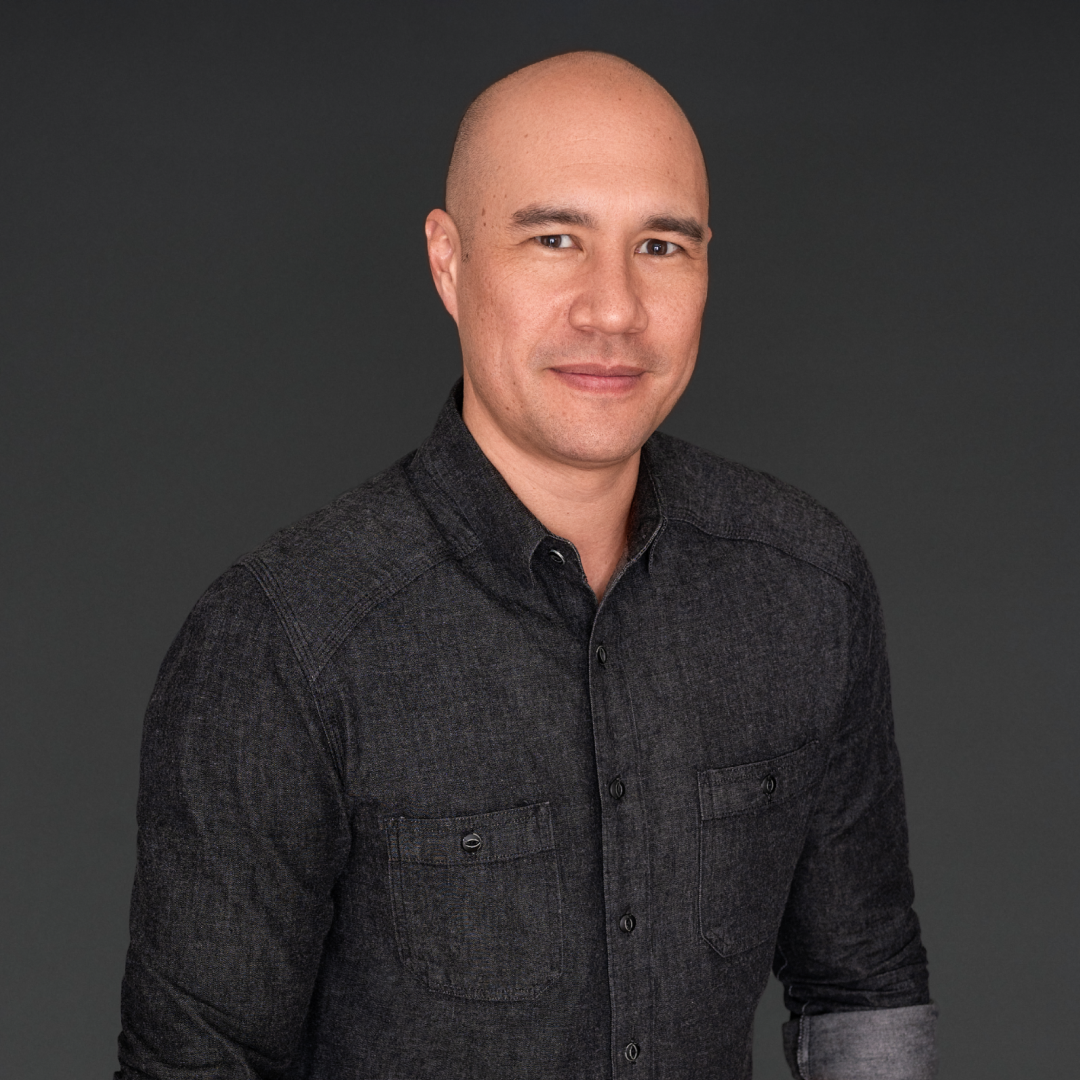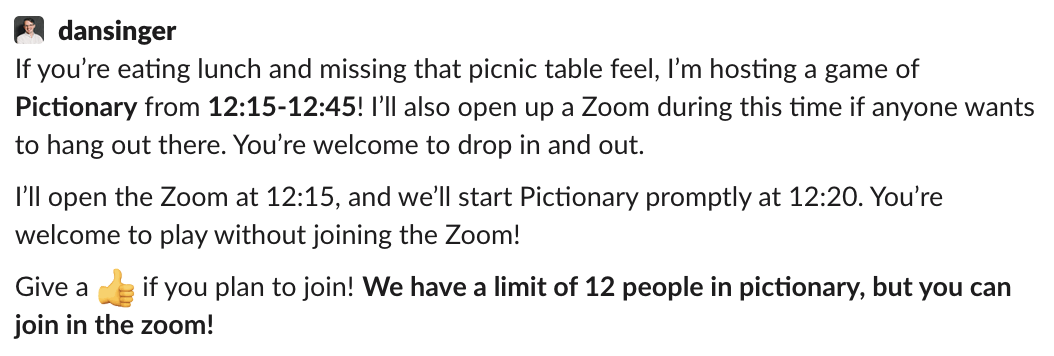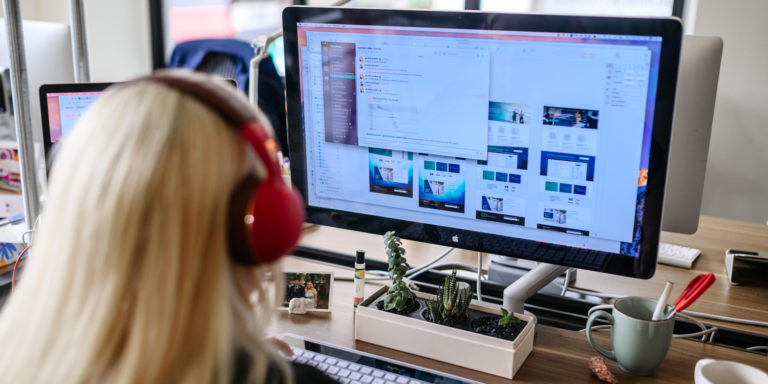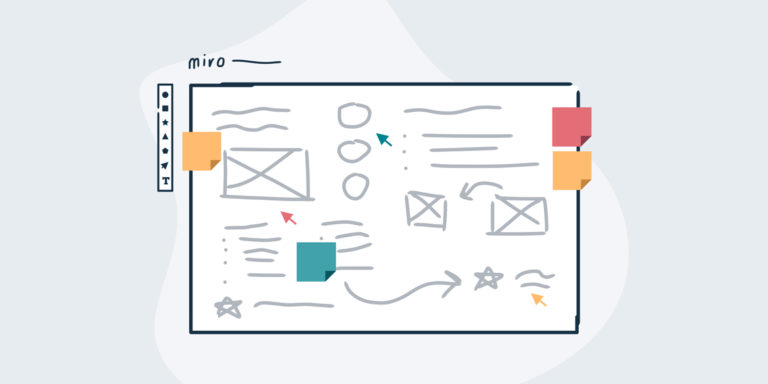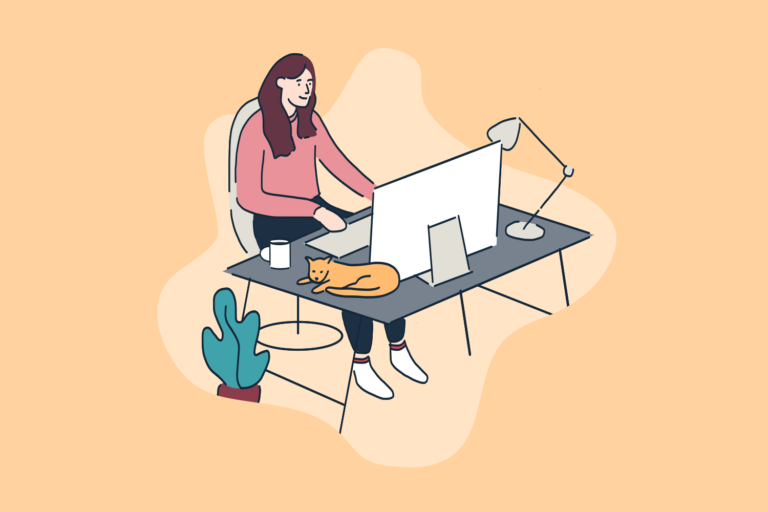How we’re adapting to working and collaborating remotely
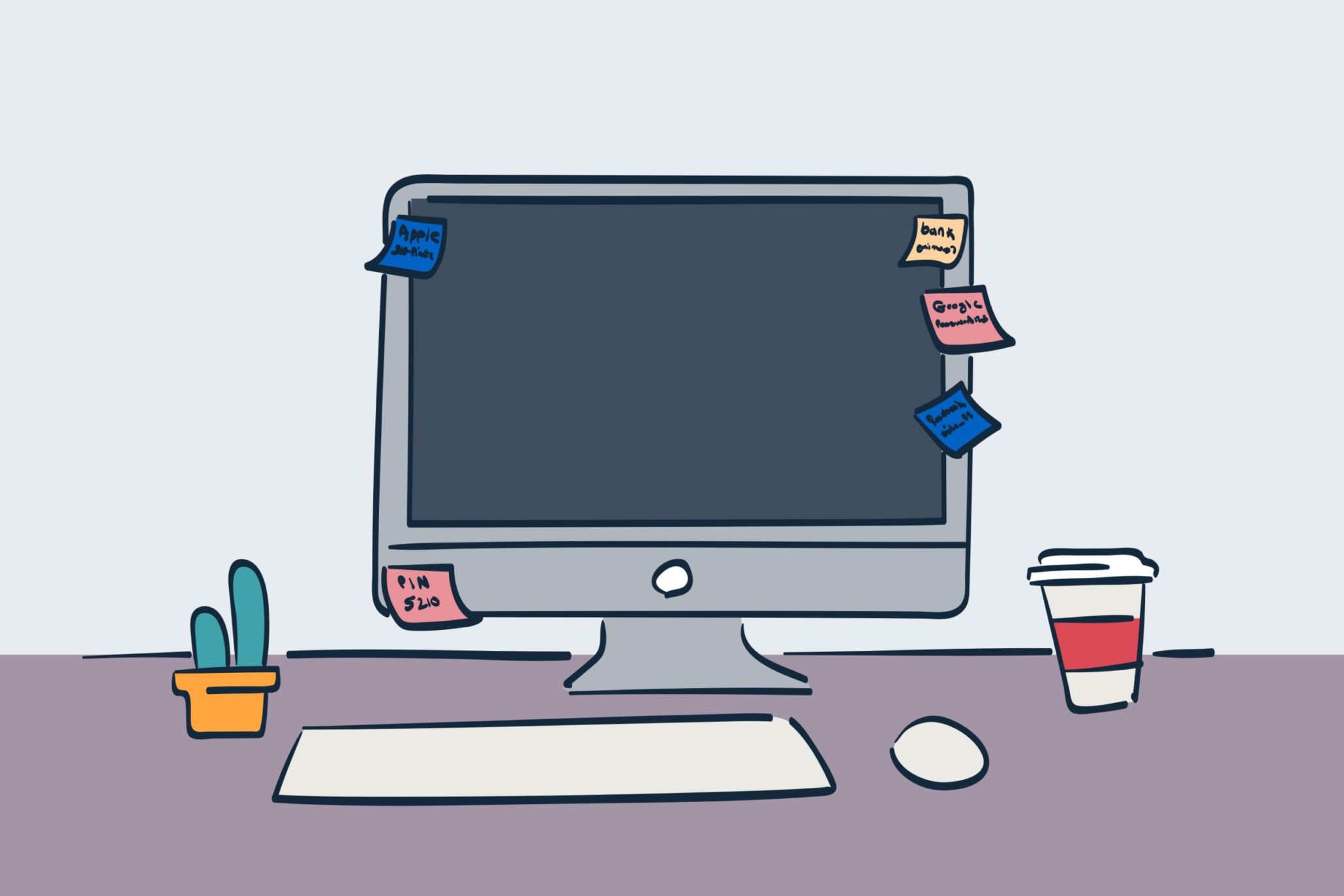
It’s certainly been a week! Like everyone else around the world, we’re moving to quickly adapt to the new conditions precipitated by COVID-19. This unprecedented situation has triggered major societal and personal lifestyle changes overnight. We’re fortunate enough as a company to already have experience collaborating remotely and with distributed teams. That said, the new social distancing protocols along with school and business closures in the U.S. this week have introduced many variables that few, if any of us, have ever faced.
This has raised deep concern from everyone at Think Company for those whose lives have been tragically impacted. At the same time, it’s also led to much discussion around how we can maintain a sense of calm, normalcy, and professional excellence during these circumstances. Our conversations keep circling back to the idea of reducing uncertainty or creating new patterns in the areas of life we can control. For some general advice on the subject, Glenn Fleishman recently released a free e-book called Working From Home Temporarily.
Here are a few other ways that Thinkers have adapted their daily routines, maintained a spirit of collaboration, and approached client relationships.
Getting Comfortable in a New Space, Shifting Your State of Mind
For those of us who regularly work in one of our Think Studios, transitioning to remote work is more complicated than just setting up our computer in a new space. The change in physical location also means different amenities, people, and potential distractions—especially those households with kids no longer in school. It’s important to take stock of these differences and try to optimize around the benefits.
- Create routines that signify an official start to the day and create some momentum with small, quick wins. Chad supports William McRaven’s “make your bed” philosophy while Ryan finds he’s able to stay more focused, motivated, and generally happier when he trades in pajamas or sweats and gets dressed as if he’s going to work everyday.
- Rather than fight upstream, John is embracing the flexibility to use his time as a chance to build bonds and do something special every day with his family. To accommodate this, he’s “striped” his day—blocking time on the calendar for family lunch at noon and family exercise from 2:30 to 3:30 pm. John says, “I’m starting my workday earlier and ending a little bit later so I can be more fully present with my family, then actually relax and get refreshed when I sit back down to work.” Setting boundaries between work and personal time remains critical.
- Christine advocates for streamlining communication to reduce distractions for full focus. Regularly checking Slack or emails can fragment your attention and prevent you from focusing. She says, “perhaps ironically, I’ve been most productive when I disconnect throughout the day.”
- The rules of improv can apply here according to Chad, who recommends taking cues from others and pushing ideas or jokes forward with a “Yes, and…” mindset. If you’re fortunate enough to work with others, try to maintain your sense of humor. And if you’re solo, take the opportunity to establish or join a group of people you connect with.
- Pro tip: place a white noise machine outside the door of your workspace (if you’re lucky enough to have a door). Like the white noise machine in the lobby of a therapist’s office, this keeps folks outside the room from hearing you inside the room, and that can reduce the sense of self-consciousness on conference calls.
Can’t Stop, Won’t Stop… Remote Collaboration with Colleagues
Planning, sharing, and iterating on ideas together is central to how we work at Think. Our approach to this is not entirely unique in our industry so it shouldn’t come as a surprise that we’re utterly dependent on Slack. We have hundreds of channels that cover everything from our active projects to aspects of our practice to culture to pets. When we’re not in a Zoom meeting, this is probably where the conversation is happening.
- How do you decide the best place to hash something out? Brad is testing a new communication decision tree to force more live conversations and face time when relevant:
- Writing 1–2 lines? Hit Slack.
- Is a short conversation more appropriate? Schedule a Zoom meeting.
- Composing a longer memo-length thought? Email still has its place.
- Last year we went all in on Zoom for video conferencing and have been extremely happy. Naturally, our team has developed a few Zoom hacks:
- Several Thinkers have opened up a personal Zoom meeting room for the entire day allowing anyone to join. Colleagues can drop in virtually if they want to troubleshoot something, are looking for camaraderie to break up the day, or even just want that sensation of working near another person.
- Lunch table conversation is an important part of our community. Naturally, ingenious people like Dan have created ways to establish virtual watercooler/lunch table activities over Zoom—in his case hosting trivia and pictionary games that anyone can join. Suzanne says, “these are great efforts for maintaining camaraderie during the week.”
Building and Strengthening Collaboration with Our Clients and Customers
Helping our clients solve their organizational challenges and build digital products is core to our business. To do this well, we’ve always believed that the process needs to be mutually engaging and feel simple despite enormous complexity. Our teams are constantly vetting new tools and processes to support this goal. This character trait and mental flexibility may have helped us respond quickly in this situation, too.
- Before making any knee jerk changes, Chad reminds us to always consider first principles. Take any moment of change as an opportunity to “better understand your client’s business and how the interruptions this new way of working is having on them.”
- Given the number of changes people on both sides of a call are facing, we’ve amped up our meeting preparation to make the time we have with clients as valuable as possible. Start with the basics by making sure everyone has access to the technology needed to participate—hardware, accounts, permissions, etc. Establishing a clear purpose and supporting that with an agenda—all the conventional best practices for meetings—is more critical than ever.
- Our goal is to provide every person in a meeting with a great first-person experience, just like a television producer tries to capture and represent the emotion, skill, and heroics of a sporting event. That means framing shots, getting audio right, sharing assets—all in an effort to build engagement and encourage participation.
- Since we can’t rely on access to our beloved framed whiteboards in the studios, we’ve doubled down on using Miro. This is a digital app that can be bent to many purposes, but allows us to do interactive whiteboarding that’s open to all participants in real-time. We can also use it to capture feedback directly and quickly sketch or share new ideas.
- We’re always on a quest to make the abstract more concrete as quickly as possible. While digital sketching and prototyping is in our DNA, we rely on Sketch and InVision more than ever to share and demo interactive concepts, while also collecting feedback on specific components live or asynchronously.
- As we face the prospect that this situation may be more than temporary, Thinkers are also considering how we can bridge the digital/physical divide in remote collaboration. John is looking for ways to take the remote collaboration experience to the next level—really incentivizing the face-to-face aspect of meetings despite being remote.
- That may involve something simple like mailing clients a green circle with “yes” on it, and a red circle with “no” on it, both on a popsicle stick, to hold up on camera during video conference.
- Or using poker planning cards in sprint grooming sessions conducted over video. This would allow participants to hold up actual cards with sprint point sizes on them for everyone to see. While digital tools exist for the same purpose, physical cards on camera is just one fun method that can work quickly and well for smaller teams.
Good Luck, Stay Healthy…
We strive to balance the well-being of individuals at Think alongside the needs of our clients. Hopefully these insights into how we’re adapting to the current situation will help you and your team find your stride. We’d love to hear what you’re doing to adapt and keep collaboration flowing. Share a thought with us at @thinkcompany on Twitter.
